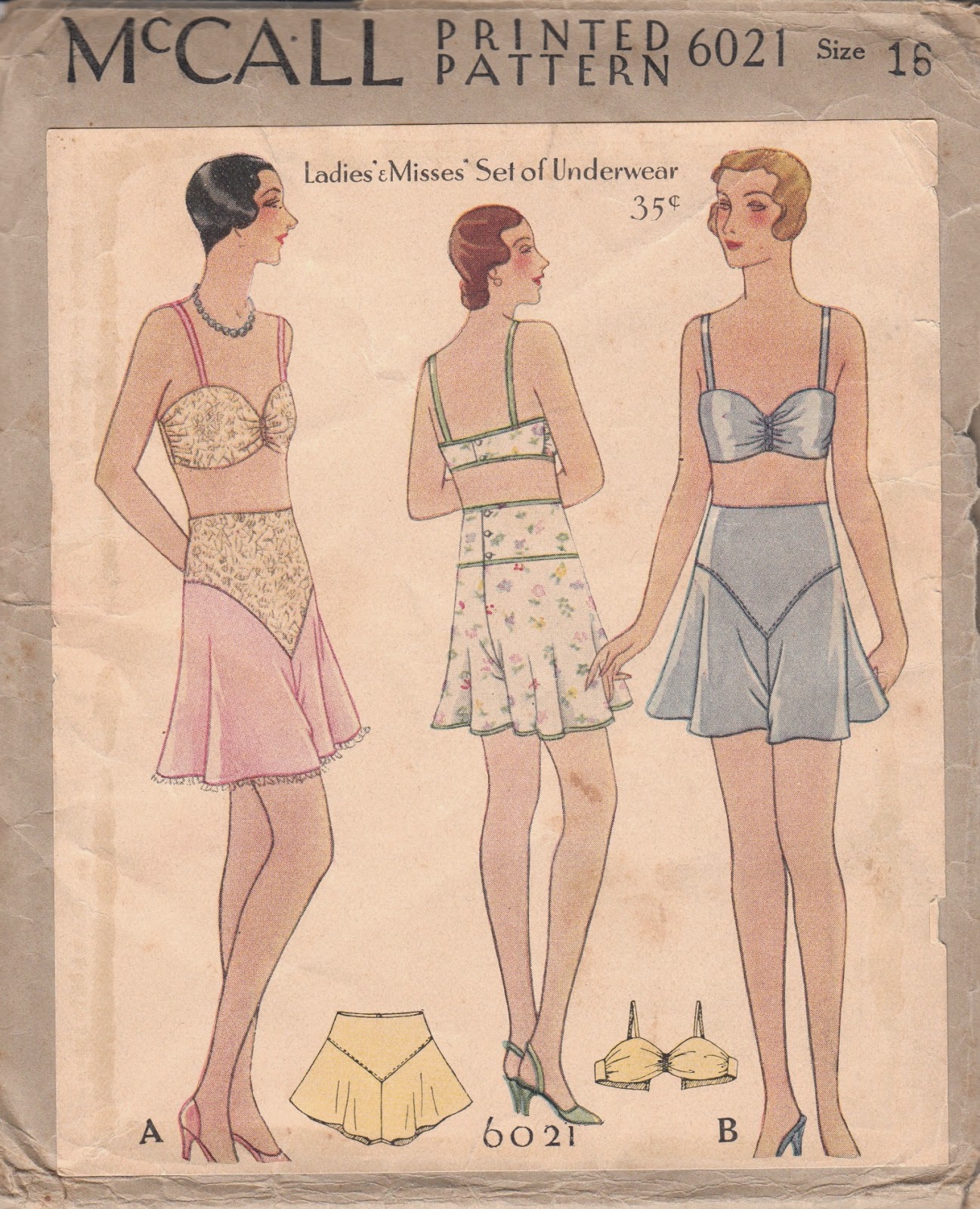Another Kind of 18th Century Pocket: French Seamed Linen Pocket
However, in my search to identify extant 18th century pockets made of striped linen (I wanted justification to use up some blue striped linen scraps I had*), I discovered an interesting outlier: the (apparently) French-seamed (I doubt the 18th century peeps called it that) pocket!
*Note: striped linen pockets are well documented too! Larsdatter has a great survey of extant pockets.
For example, take a close look at this striped linen pocket (dated 1789) from the Metropolitan Museum of Art. Instead of binding around the outside edge, the fabric pieces are sewn right sides together and flipped right sides out...encasing the raw edges with the pocket! Further inspection reveals a line of stitching about 1/4 of an inch around the edge of the pocket, which I suspect is to hide the raw edges on the inside of the pocket and strengthen that seam. This appears to be what we'd call "French Seams" today!
"You take a piece double, and cut it to the shape required. Stitch the two pieces neatly round a little distance from the edge. Then turn it, and let the seam be well flattened, and back stitch with white silk a quarter of an inch from the egde; cut a slit down about four nails, which is to be either hemmed, or have a tape laid round it on the inside. Set on the strings, and the pocket is complete."
I sewed the entire pocket by hand and it was finished after a few hours. I highly recommend trying to make this style of pocket!
I sewed the pocket front and back pieces together with a scant 1/8" seam allowance. I then turned the pocket right side out and finger pressed the seam, and stitched an additional 1/8"-ish away from the seam.
Next, I cut the slit on the pocket (although this step can be done before assembling the pocket as well). I bound the slit in a narrow strip of the linen fabric. The top of the pocket was finished off with a wider strip of linen fabric through which I'll pass some twill tape for a drawstring.











